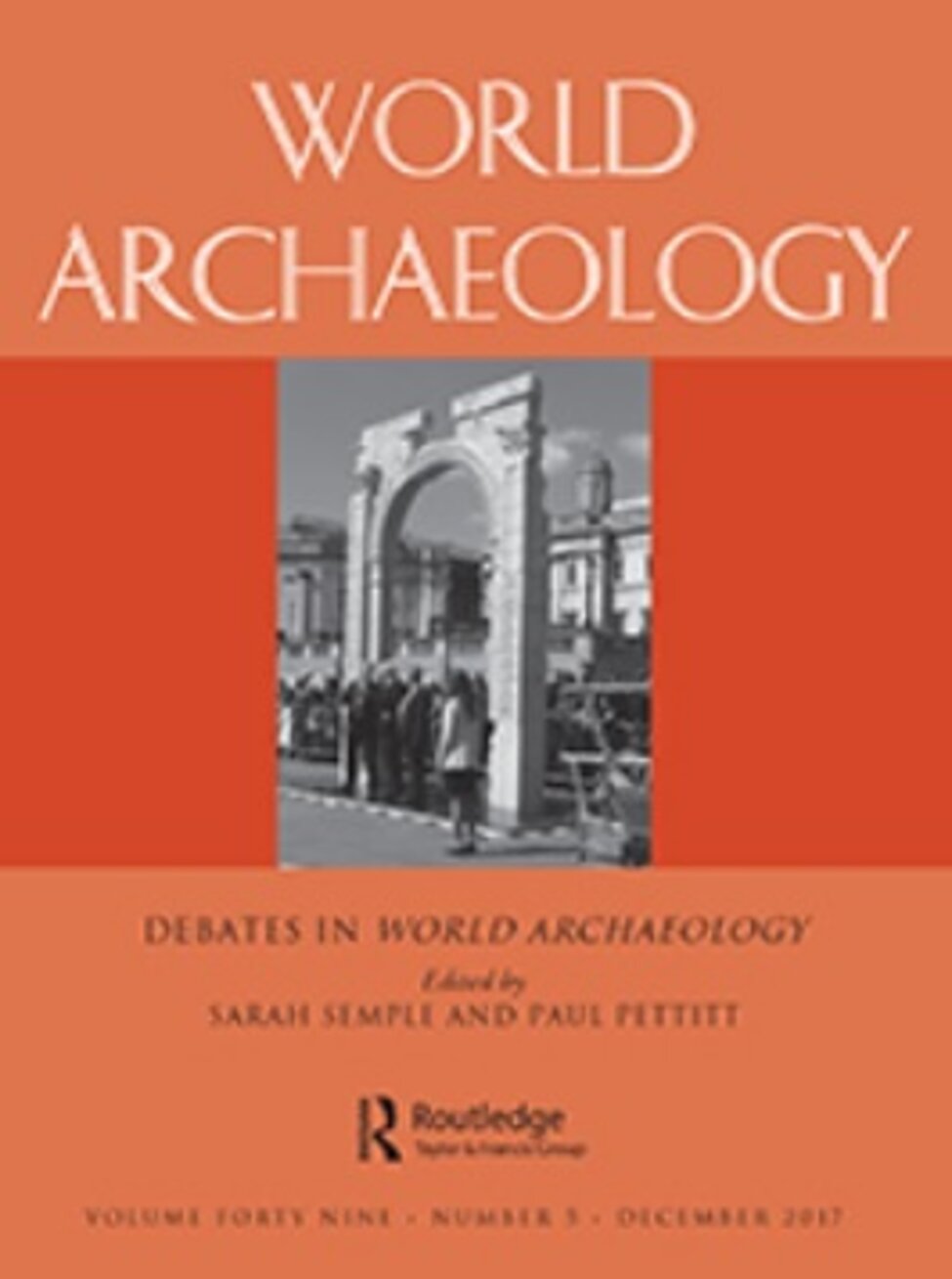A new article published on World Archaeology!

For over 30 years GIS has been a major theme in archaeology, leading scholars to debate the way geo-spatial platforms can contribute to a better understanding of the ancient landscape and a more thorough interpretation of the archaeological record. Recently, the introduction of more advanced software and hardware solutions have made it possible to use GIS for visualizing and analysing even geometrically complex 3D contents, in a totally unprecedented way. Still, a theoretical debate on the way three-dimensionality could impact GIS-based research has yet to come and only a few pioneering projects have been conducted to show the potential for the discipline. Among the possible lines of enquiry to be developed in this direction, sensory archaeology seems to be one to benefit more from such an approach. Starting from a review of the current state of research this contribution will attempt to show some important results recently obtained in order to generate some insights on theoretical and methodological issues raised by the use of state-of-the-art 3D GIS and to trace new paths for the future.
